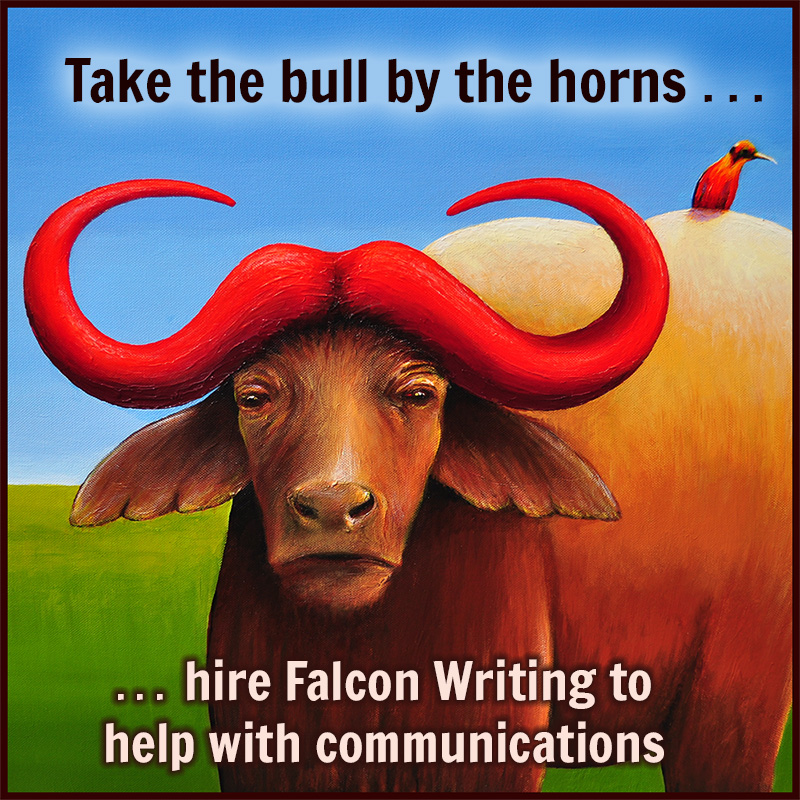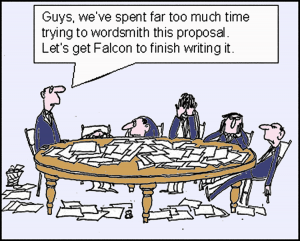My communication process in agreeing on the scope of the editing task is straightforward and efficient.

The main steps
- I’ll discuss the specific purpose and task prior to commencing work.
- I then prepare an obligation-free estimate of the timing and cost based on the type of editing required (refer next section).
- If you wish to proceed, I’d need to see a copy / section of your draft document or source content (in MS Word) . This could be emailed as an attachment.
- I would then return an example of the detail of recommended edits made on sample pages, so we can discuss if the type and extent of changes is what you envisaged.
- If the project is substantial, it is advisable to proceed in stages so the quality and timing can be monitored and agreed upon progressively.
- We can discuss what incremental types of editing might be warranted. Extensive changes would not be made without your prior consent, however I will make recommendations.

The types of editing
As an aid to determining the scope of an editing project, here are four key types of copyediting: technical editing, style editing, correlation editing, and substantive / content editing.
Technical editing involves such things as correcting misspellings, incorrect verb tense, unnecessary or missing commas, misused words (e.g., effect for affect), figures that don’t total in charts and tables, and omitted or repeated words.
Style editing involves standardizing a text according to a particular manual of style to ensure that content appears consistently. This includes the use of acronyms, standardizing words in headings, use of single vs. double quote marks, numbers, italics, references style, and display of illustrations.
Correlation editing involves checking related parts of a manuscript against each other. It includes checking cross-references to pages, tables or charts, maps, captions, and checking titles and authors with those in the table of contents.
Content editing (often called substantive editing) includes:
examining structure of the overall content
improving logic and clarity
defining special terms / acronyms on first appearance
summarising or simplifying wordy sentences
noting awkward phrasing that could be improved
varying unintentionally repeated verbs
adding dashes or parentheses to clarify subordinate material
reducing the use of an author’s pet word or phrase
replacing words that unintentionally have sexist connotations
straightening out logic and connections
noting the absence of a clear introduction or concise conclusion
moving incorrectly placed paragraphs
deleting repeated paragraphs
providing subheads
replacing passive voice with active voice
suggesting additional illustrations
adding transitions to improve the flow of argument
deleting irrelevant material or putting it in the footnotes
YOUR PRIVACY IS ASSURED
I am committed to protecting your privacy as an individual, and keeping confidential your personal information is our normal business practice. Personal information includes your name, address, phone number or e-mail address.
My privacy policy and the day-to-day application of that policy, complies with the Australian Privacy Act 1988. This covers the collection, storage, use, and disclosure of your personal details.
I respect your business and personal details and I recognise that the collection, storage, use or disclosure of personal details will be handled in a professional manner.
My computer system is supported by a virus protection and security firewall.

MY BUSINESS ETHOS
You will receive customised writing that is clear and straightforward.
My services are independent and I’m quick and affordable.
I respect your unique needs and will design tailored writing accordingly.
I appreciate that time is important to you, and I’ll be reliable.
Work is handled with integrity so that your confidentiality is assured.
Cliff Howard

